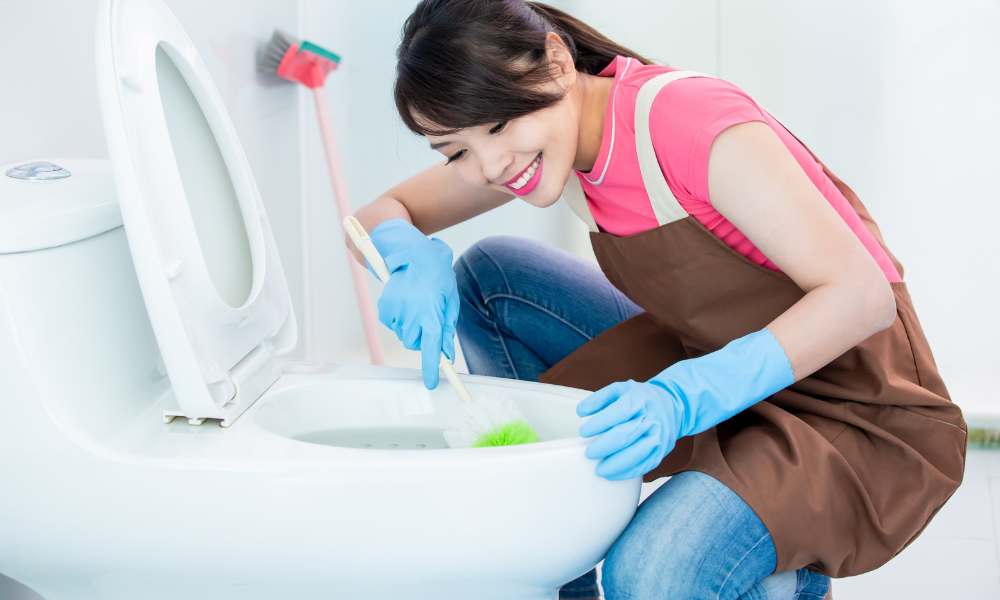Toilet brushes are indispensable tools in maintaining cleanliness and hygiene in bathrooms worldwide. These simple yet effective implements serve a crucial purpose in removing stubborn stains, mineral deposits, and bacteria buildup from toilet bowls. Understanding how toilet brushes work involves recognizing their design, materials, and proper usage techniques. By employing a combination of mechanical scrubbing action and chemical cleaning agents, toilet brushes efficiently tackle dirt and grime, ensuring that toilets remain fresh and sanitary. In this article, we delve into the mechanics behind toilet brushes, shedding light on their functionality and importance in maintaining a hygienic bathroom environment.
How Often Should I Clean My Toilet Brush?
Maintaining cleanliness extends beyond just cleaning the toilet itself; it also involves regular upkeep of the tools used for cleaning, including the toilet brush. Ideally, you should clean your toilet brush after each use to prevent the accumulation of bacteria and germs. After scrubbing the toilet bowl, rinse the brush thoroughly under hot water to remove any residual waste and cleaning agents. Additionally, it’s advisable to disinfect the brush at least once a week by soaking it in a solution of bleach and water or a disinfectant cleaner. By incorporating this simple practice into your cleaning routine, you can ensure that your toilet brush remains sanitary and effective.
How Long Do Toilet Brushes Last?
The lifespan of a toilet brush largely depends on its quality, frequency of use, and proper maintenance. On average, a well-maintained toilet brush can last anywhere from six months to a year. However, if you notice signs of wear and tear such as frayed bristles or a worn-out handle, it’s time to replace the brush promptly to maintain its effectiveness. Investing in a durable, high-quality toilet brush can also prolong its lifespan and provide better cleaning results over time.
Components Of A Toilet Brush
- Handle
- Bristles
- Holder
Benefits Of Using A Toilet Brush
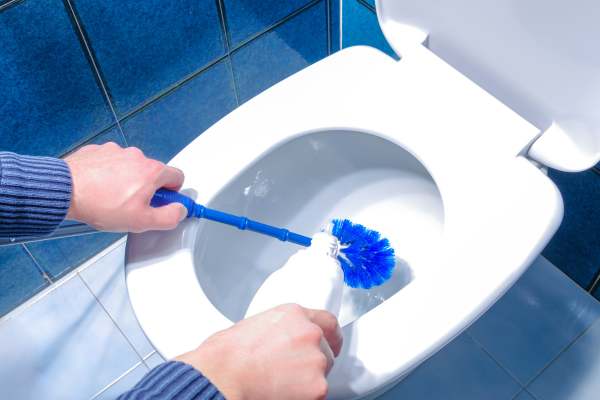
The use of a toilet brush offers numerous benefits in terms of cleanliness, hygiene, and convenience. Firstly, toilet brushes are highly effective in removing stubborn stains, mineral deposits, and bacteria from toilet bowls, ensuring a thorough and hygienic clean. Additionally, using a toilet brush reduces the need for harsh chemical cleaners, promoting a more eco-friendly approach to cleaning. Moreover, regular use of a toilet brush helps prevent the buildup of limescale and other contaminants, prolonging the lifespan of your toilet and minimizing the risk of plumbing issues. Overall, incorporating a toilet brush into your cleaning routine is essential for maintaining a clean, healthy bathroom environment.
Components Of A Toilet Brush
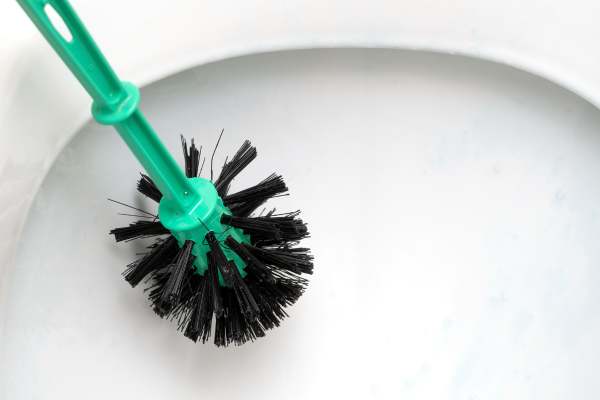
A typical toilet brush consists of several key components designed to facilitate effective cleaning. The handle, usually made of durable plastic or metal, provides a comfortable grip and allows for easy maneuverability during use. Attached to the handle is the brush head, which features sturdy bristles made of materials such as nylon or silicone. These bristles are specifically designed to scrub away dirt and grime without scratching or damaging the toilet surface. Some toilet brushes also come with additional features such as replaceable brush heads or built-in storage containers for hygiene and convenience. Understanding the components of a toilet brush can help you choose the right one for your cleaning needs and ensure optimal cleaning results.
How Toilet Brushes Work
1. Traditional Toilet Brushes
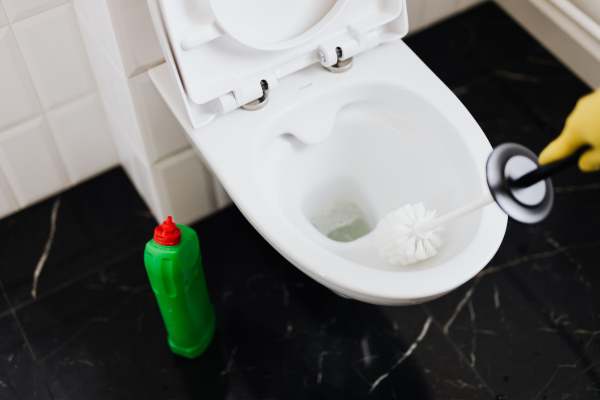
Traditional toilet brushes typically consist of a handle made of plastic or metal and a brush head with bristles made of nylon or similar materials. The design of traditional toilet brushes allows for effective scrubbing action to remove stains, mineral deposits, and bacteria from toilet bowls. When using a traditional toilet brush, the bristles work by agitating the surface of the toilet bowl, loosening and dislodging dirt and grime. The handle provides the necessary leverage to apply pressure while scrubbing, ensuring thorough cleaning. Additionally, the bristles are designed to reach into crevices and under the rim of the toilet bowl, targeting hard-to-reach areas for a comprehensive clean. Traditional toilet brushes are widely used and trusted for their simplicity, affordability, and effectiveness in maintaining toilet hygiene.
2. Silicone Toilet Brushes
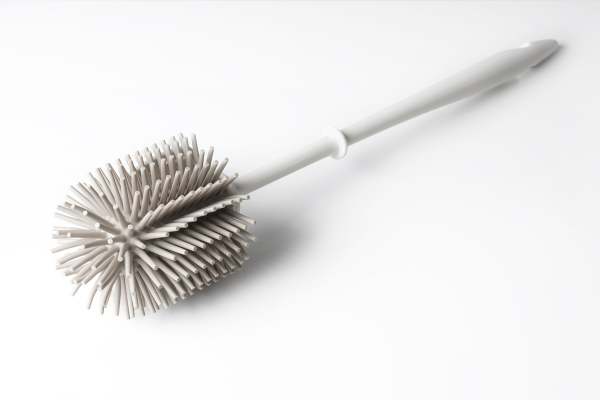
Silicone toilet brushes represent a modern alternative to traditional toilet brushes, featuring a brush head made entirely of silicone material. Unlike traditional bristles, silicone bristles are softer and more flexible, yet still capable of effectively scrubbing away dirt and grime. The silicone material is non-porous and resistant to bacteria buildup, making silicone toilet brushes more hygienic and easier to clean than their traditional counterparts. When using a silicone toilet brush, the soft and flexible bristles conform to the shape of the toilet bowl, allowing for thorough cleaning without scratching or damaging the surface. Additionally, silicone toilet brushes are often designed with ergonomic handles for comfortable grip and maneuverability. The innovative design and materials of silicone toilet brushes offer a convenient and hygienic solution for maintaining toilet cleanliness.
How To Use A Toilet Brush Properly
1. Preparing The Toilet

Before using a toilet brush, it’s important to prepare the toilet for cleaning. Start by putting on a pair of rubber gloves to protect your hands from germs and cleaning solutions. Then, lift the toilet seat and lid to expose the inside of the bowl. If there is any excess water in the bowl, flush it away to ensure better access to the surfaces that need cleaning. Additionally, ensure good ventilation in the bathroom by opening a window or turning on the exhaust fan to minimize exposure to cleaning fumes.
2. Applying Cleaning Solution
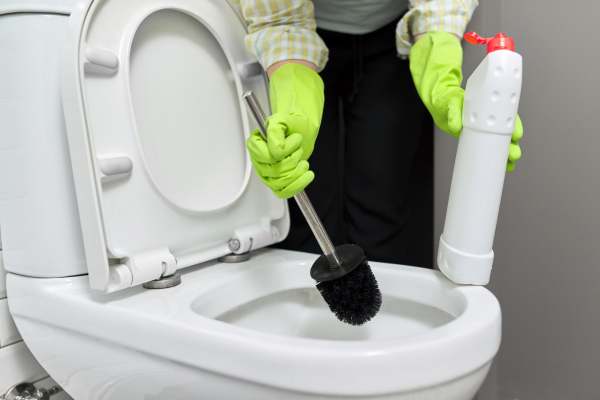
Next, apply a suitable cleaning solution to the inside of the toilet bowl. You can use a commercial toilet bowl cleaner or make your own using a mixture of water and household bleach or vinegar. Carefully follow the instructions on the cleaning product’s label to ensure safe and effective use. Apply the cleaning solution generously around the rim and inside the bowl, allowing it to coat the surfaces evenly. The cleaning solution helps to break down stains, mineral deposits, and bacteria, making them easier to remove during the scrubbing process.
3. Scrubbing Technique
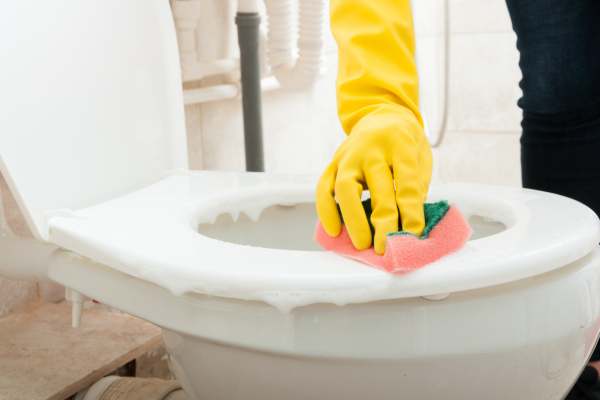
Once the cleaning solution has been applied, it’s time to start scrubbing the toilet bowl using the toilet brush. Begin by inserting the brush into the water at the bottom of the bowl and then work your way up, starting from under the rim and moving downwards. Use a firm but gentle scrubbing motion, ensuring that the bristles of the brush come into contact with all areas of the bowl, including the sides and the waterline. Pay special attention to any stubborn stains or buildup, applying extra pressure and scrubbing as needed to loosen and remove them.
Can I Use A Toilet Brush To Clean Other Bathroom Surfaces?
While a toilet brush is specifically designed for cleaning toilet bowls, it can also be used to clean other bathroom surfaces with caution. However, it’s essential to exercise discretion and ensure proper hygiene practices to prevent cross-contamination. Avoid using the same toilet brush for cleaning other bathroom surfaces if it has been used to clean the toilet bowl, as this can spread germs and bacteria to other areas.
Conclusion
Toilet brushes are indispensable tools for maintaining cleanliness and hygiene in bathrooms. By following proper usage techniques and hygiene practices, you can effectively clean toilet bowls and other bathroom surfaces, ensuring a clean and sanitary environment. Whether using a traditional toilet brush or a silicone alternative, proper preparation, application of cleaning solutions, and scrubbing technique are key to achieving optimal cleaning results. Additionally, it’s important to exercise caution when considering using a toilet brush for cleaning other bathroom surfaces and to prioritize hygiene to prevent cross-contamination. With regular cleaning and maintenance, toilet brushes play a vital role in promoting a healthy and hygienic bathroom environment.
